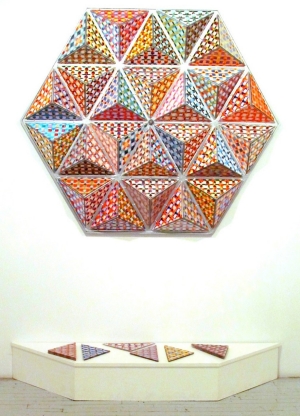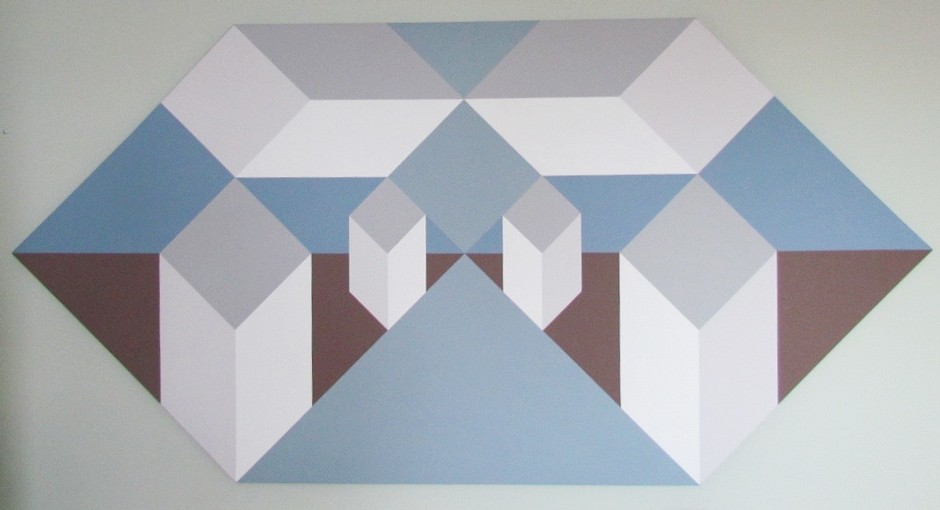A simple strawberry started George Russell, MA (art ed.) 70, down a path not well-trodden in his hometown of Leroy, Sask.
“When I was in grade 3, we made our own report cards,” recalled the 83-year-old artist. “We made a picture on the cover and the teacher wrote the marks inside. I chose to draw a strawberry, and it turned out well. That was my beginning as an artist.”
As one of Quebec’s most venerated abstract artists and a major benefactor of the Arthritis Society, in the past year Russell received some long-overdue recognition for a life devoted to creativity, art education and support of a worthy cause.
The retired Chomedey Polyvalent High School art teacher donated his life’s work to raise funds for the Arthritis Society after receiving a visit from Elizabeth Kennell, the society’s director of development. The gesture — involving hundreds of paintings, some dating back to Russell’s youth — initially raised more than $10,000 and is ongoing.
“George sacrificed what could have been a career of perhaps tremendous affluence,” Montreal art dealer Alan Klinkhoff said at the opening of Russell’s There is Art in Arthritis! exhibition last April at Loyola Jesuit Hall and Conference Centre on Concordia’s Loyola Campus.
“It would have been an honour for me to have gotten together with him perhaps 40 years ago. We could have had some fun.”
A Prairie Childhood
Born in the family farmhouse near Viscount, Sask., during the Depression, Russell’s early years were anything but artistic. “There was no art at all in the family,” he said. “My idea of art was that it was something you put on the wall.”
 Kaleidoscope A-Z, 2010-2014: Russell describes this as his “culminating work, and by far the most complex.” | Photo: George Russell
Kaleidoscope A-Z, 2010-2014: Russell describes this as his “culminating work, and by far the most complex.” | Photo: George Russell
 Monument to Mystery, 1976, is typical of Russell’s hard-edged, geometric style | Photo: George Russell
Monument to Mystery, 1976, is typical of Russell’s hard-edged, geometric style | Photo: George Russell